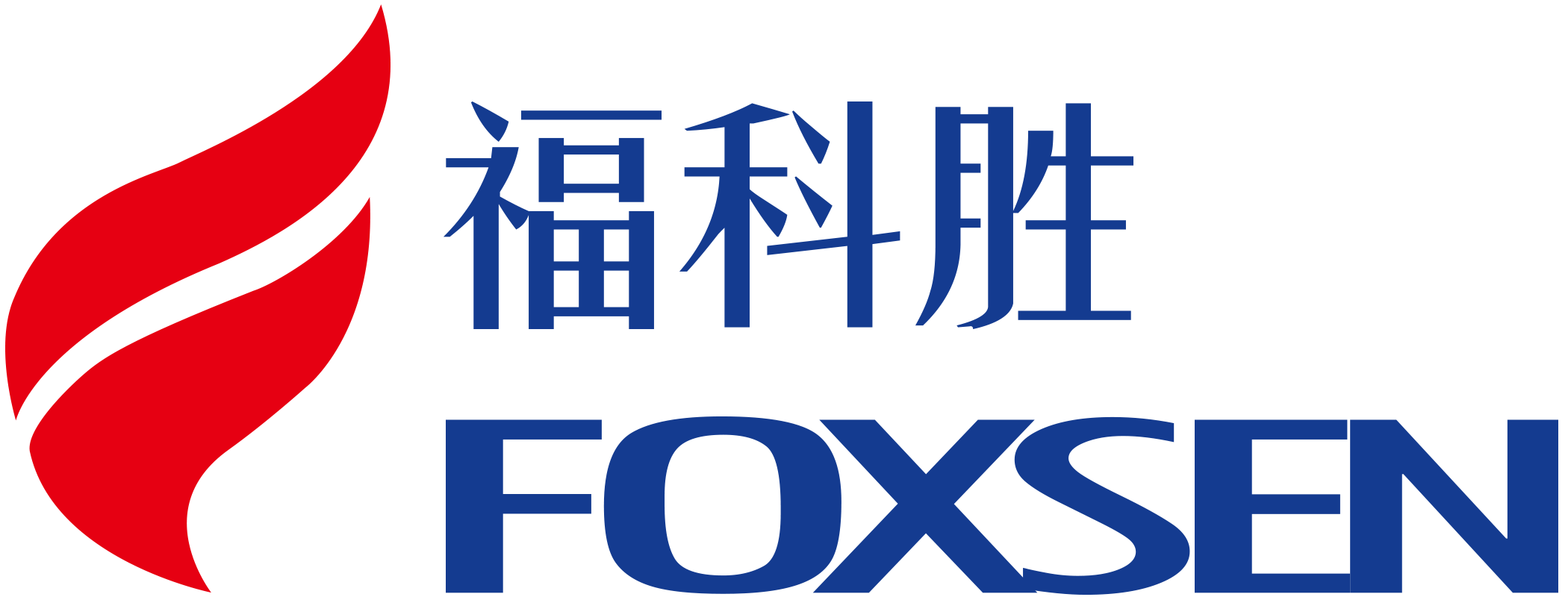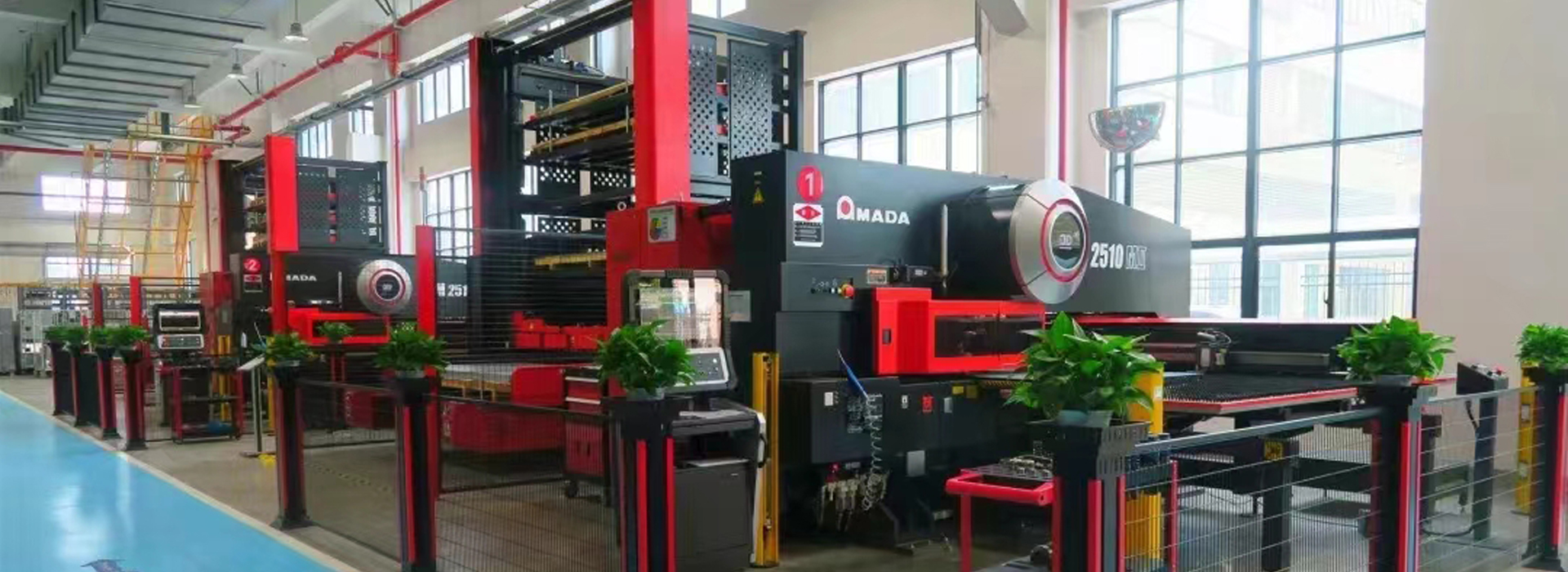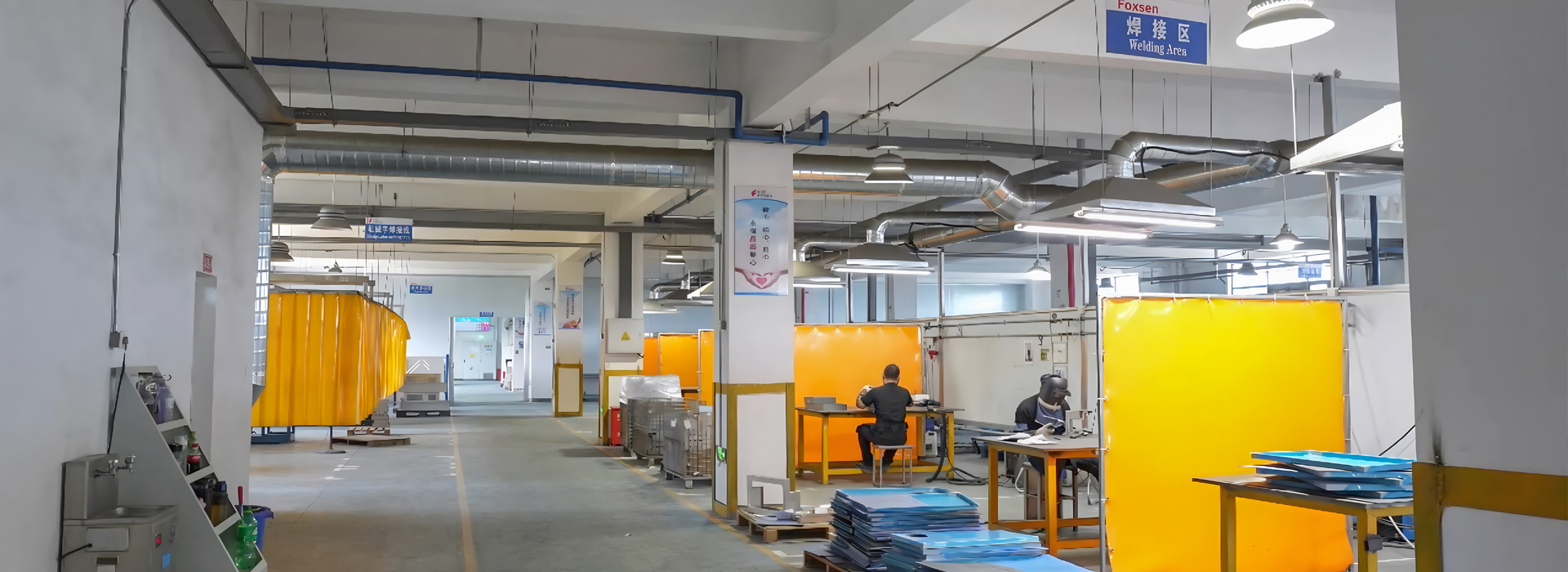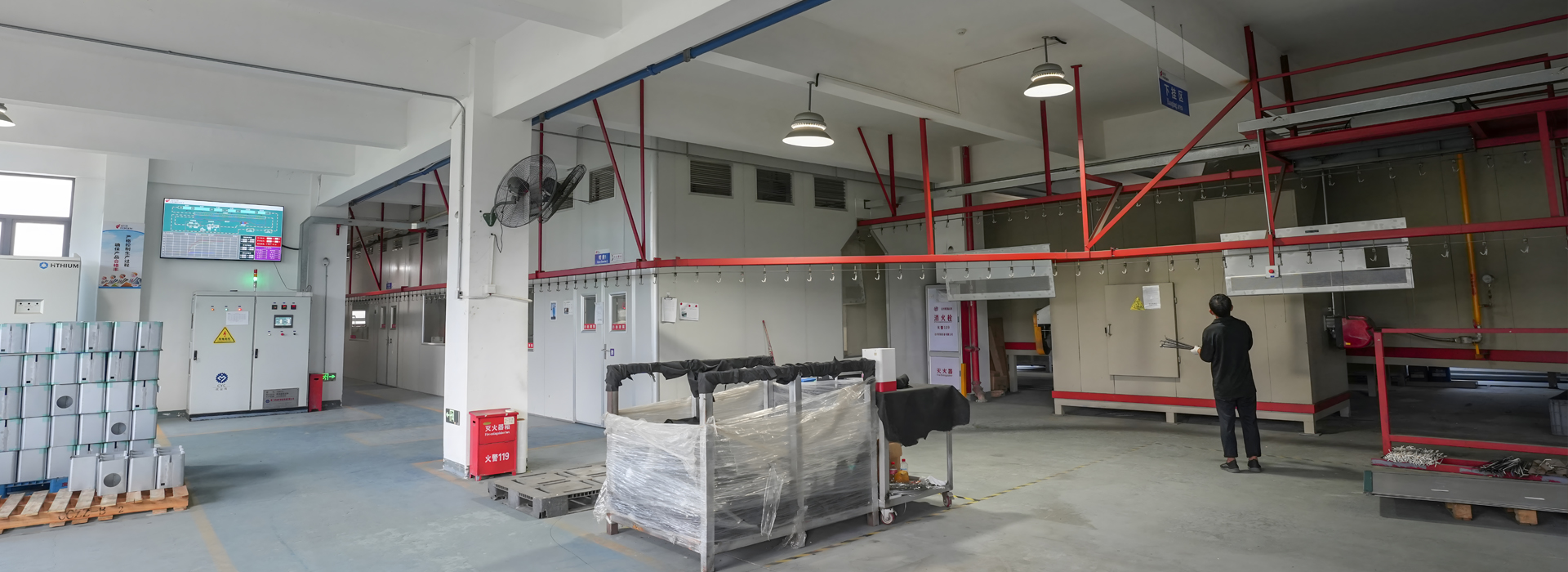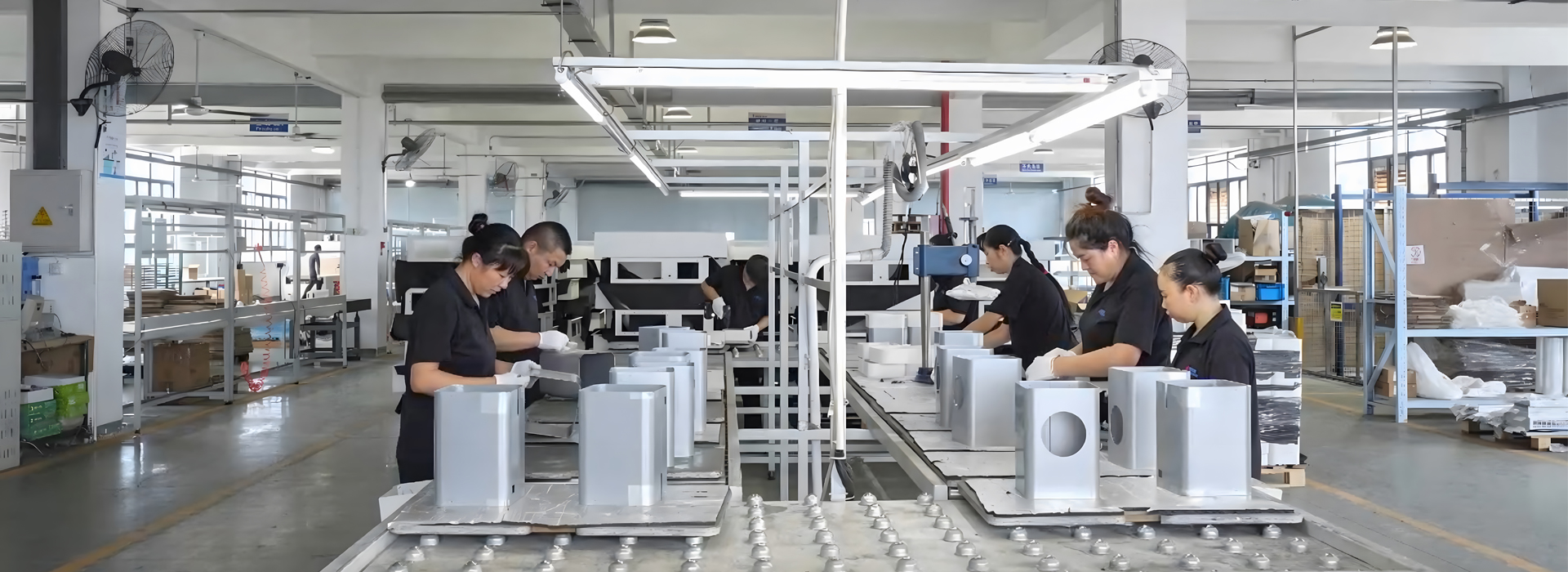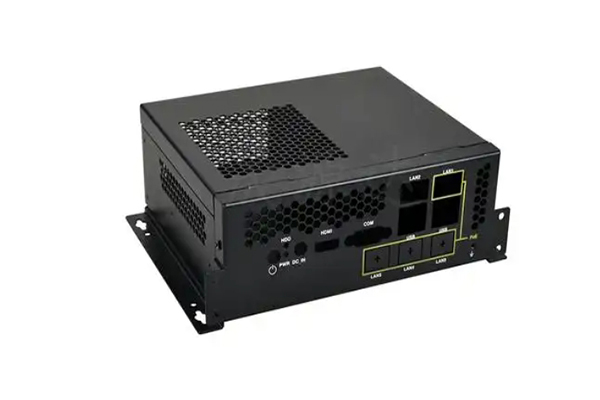
In 2025, you witness a remarkable transformation in how sheet metal bending is carried out. Advanced tools and machines have revolutionized the process, ensuring precision and adaptability while making your manufacturing operations faster and more reliable. Whether you're working with intricate designs or managing high-volume production, these innovations enable you to achieve consistent results. With the right equipment, you can perform sheet metal bending to create various shapes without sacrificing quality. This evolution highlights the industry's commitment to smarter, more efficient solutions designed to meet your specific needs.
Key Takeaways
Press brakes are important for bending metal sheets. They are precise and useful for many manufacturing tasks.
CNC bending machines are very accurate. They help reduce mistakes and wasted materials, perfect for detailed designs.
Panel benders do bending automatically. They save time, work evenly, and need less manual effort.
Using automation in metal bending boosts speed, quality, and saves money. It’s a good choice for factories.
Choosing the right bending machine means checking its strength, size, and automation to fit the job.
Press Brakes in Sheet Metal Bending
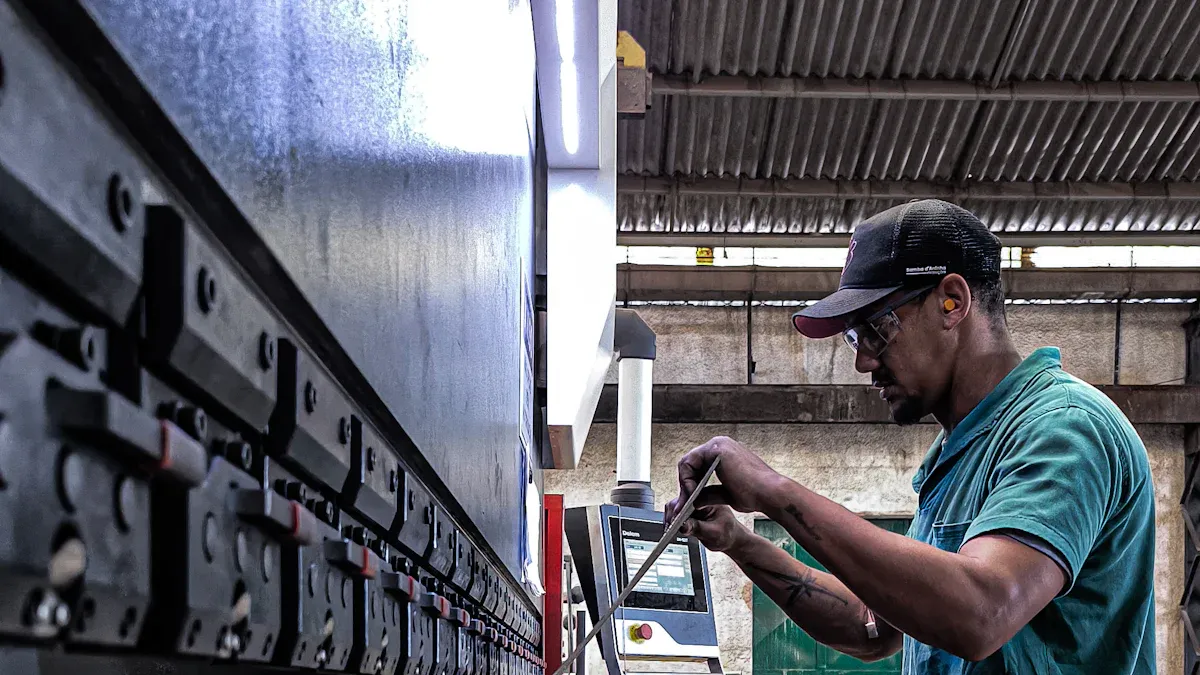
Features of Press Brakes
Press brakes are essential tools for sheet metal bending, offering unmatched precision and versatility. These machines feature robust construction and advanced safety systems, ensuring reliable operation. Their bending force can reach up to 5,500 tons, allowing you to handle even the toughest materials. With a bending length of 73 feet, press brakes accommodate large-scale projects effortlessly. High-performance hydraulic systems, including pumps, cylinders, and valves, enhance their efficiency. Customizable tooling options, such as V-shaped dies and rib dies, enable you to adapt the machine to various bending requirements.
Applications of Press Brakes
Press brakes play a vital role in manufacturing industries, especially in the production of fabricated metal products. These machines are indispensable in sectors like automotive, construction, and machinery. The rising demand for fabricated metals has fueled the growth of the press brakes market, which was valued at $568.2 million in 2022 and is projected to reach $995.3 million by 2032. Whether you're shaping profiles, sections, or intricate designs, press brakes deliver consistent results. Their ability to handle diverse materials and complex geometries makes them a cornerstone of modern manufacturing.
The global press brakes market was valued at $568.2 million in 2022.
It is projected to reach $995.3 million by 2032, indicating a growth rate of 5.9% CAGR from 2023 to 2032.
Fabricated metals are essential in various sectors, including automotive, construction, and machinery.
Technological Advancements in Press Brakes
Recent innovations have transformed press brakes into smarter and more efficient machines. Portable press brakes now offer flexibility and require less space for transportation and setup. Automatic tool changers and digital databases streamline production, saving time and reducing errors. Artificial intelligence and adaptive bending technologies monitor and adjust the bending process in real-time, ensuring precision. CNC technology automates operations, allowing you to program and execute complex bends with ease. Robotic arms further enhance productivity by handling material loading and unloading. Smart systems equipped with sensors and algorithms provide real-time monitoring, improving efficiency and product quality.
Portable press brakes require less space for transportation and setup.
Automatic tool changers and digital databases streamline production processes.
AI and adaptive bending technologies improve precision and reduce errors.
CNC technology automates bending, increasing productivity and consistency.
Robotic arms handle material tasks, boosting throughput and precision.
Smart systems with sensors enhance operational efficiency and product quality.
CNC Bending Machines for Precision
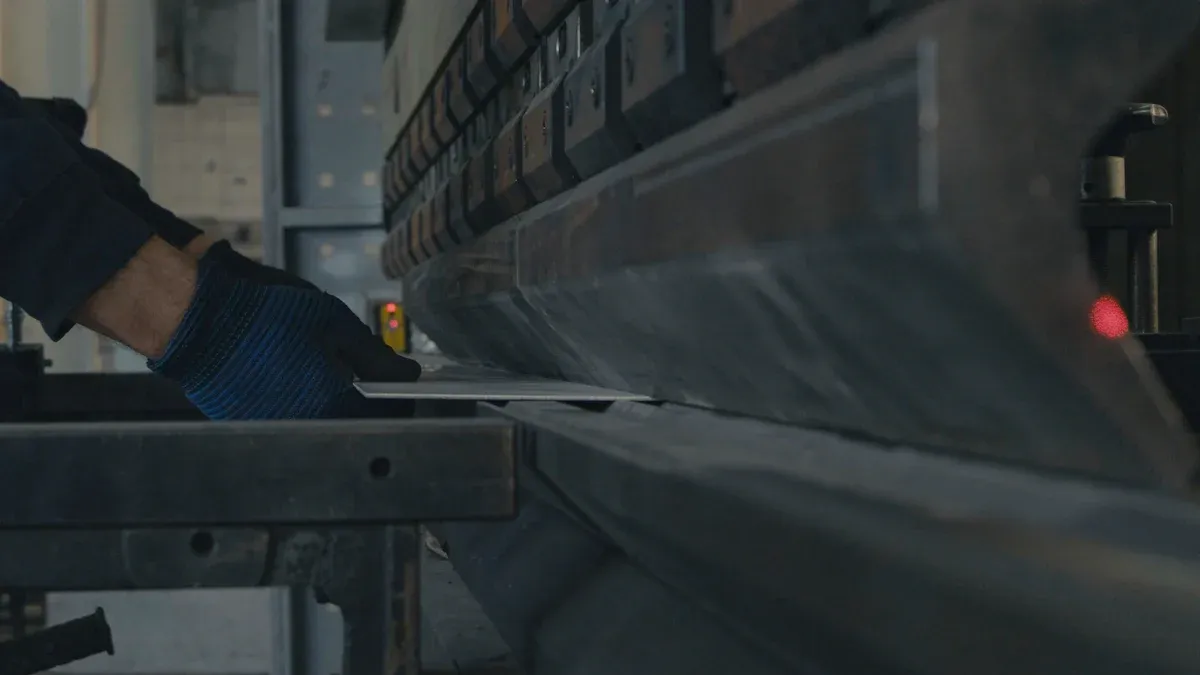
What Makes CNC Bending Machines Unique
CNC bending machines stand out due to their unmatched precision and advanced capabilities. These machines achieve an accuracy of ±0.1°, far superior to the ±2–3° errors common in traditional methods. Their positional repeatability of ±0.01mm ensures consistent results, even in high-volume production. Advanced algorithms further enhance their performance by compensating for material springback in real-time, reducing scrap rates by up to 25%. This level of precision makes CNC metals bending machines indispensable for industries requiring intricate designs and tight tolerances.
Benefits of CNC Technology in Sheet Metal Bending
CNC technology revolutionizes the way you approach sheet metal bending. It automates complex processes, allowing you to produce high-quality components with minimal manual intervention. This automation reduces errors and increases efficiency, saving both time and resources. CNC bending machines also offer versatility, enabling you to handle various materials and thicknesses with ease. Whether you're working with a pan brake folder or an automatic panel bender, CNC technology ensures consistent performance. Additionally, the integration of real-time monitoring systems enhances productivity by identifying and addressing issues promptly.
Innovations in CNC Bending Machines in 2025
The year 2025 brings groundbreaking advancements to CNC bending machines. Enhanced AI capabilities allow these machines to learn and adapt to new tasks, improving their efficiency over time. Smart sensors and IoT connectivity enable real-time data collection and analysis, optimizing the bending process. Innovations like hybrid systems combine the strengths of hydraulic and electric technologies, offering greater energy efficiency and precision. Furthermore, the development of compact designs makes CNC bending machines more accessible for smaller workshops. These advancements ensure that CNC technology remains at the forefront of the metal bending machine industry.
Panel Benders and Their Role
Key Features of Panel Benders
Panel benders offer unique features that make them indispensable for modern manufacturing. These machines excel at creating precise bends with minimal manual intervention. Their automated material handling systems reduce labor requirements and speed up production. Advanced technology allows panel benders to handle a wide range of profiles, sizes, and component types. You can store more tools within the machine, enhancing efficiency and reducing downtime. With these features, panel benders simplify bending operations and improve overall productivity.
Tip: Panel benders are ideal for fabricators looking to streamline operations and achieve consistent results with less effort.
Applications in Modern Manufacturing
Panel benders play a crucial role in manufacturing processes that demand precision and efficiency. Their ability to produce seamless bends and clean folds makes them essential for creating high-quality products. Here’s how panel benders contribute to various applications:
Panel benders also help fabricators bend faster and with less labor content. They simplify operations, making them more efficient while expanding the range of components that can be bent.
Why Panel Benders Are Indispensable in 2025
In 2025, panel benders have become a cornerstone of the sheet metal bending industry. Their automation capabilities reduce setup time and ensure high precision, which is vital for producing identical parts. Backgauges enhance productivity by securely positioning materials, improving safety for operators. These machines adapt to evolving manufacturing needs, offering flexibility and reliability. As demand for fabricated metal products grows, panel benders provide the efficiency and accuracy required to meet industry standards.
Note: The integration of advanced features like backgauges and automated handling systems makes panel benders a must-have for manufacturers aiming to stay competitive in 2025.
Specialized Sheet Metal Bending Tools
Rotary Bending Machines
Rotary bending machines offer a unique approach to forming tight radii or curves in sheet metal. These machines use a rotating tool that bends the material smoothly without causing deformation. This technique is particularly effective for creating sharp angles or small diameters, making it ideal for industries like automotive and aerospace. For example, automotive body panels often require precise curves that maintain the material's integrity. Rotary bending ensures consistent results, even for complex designs, while reducing the risk of material damage.
Tip: If your project involves intricate shapes or tight bends, rotary bending machines provide the precision and reliability you need.
Roll Benders for Sheet Metal
Roll benders excel at producing large-radius bends and cylindrical shapes. These machines use a series of rollers to gradually shape the sheet metal, ensuring high precision and efficiency. Compared to other sheet metal bending tools, roll benders are particularly suited for applications requiring high-quality cylindrical parts or large-radius curves.
Roll benders are a great choice when you need to create smooth, large-radius bends or cylindrical components. Their efficiency and precision make them indispensable for industries like construction and manufacturing.
Other Niche Sheet Metal Bending Tools
In addition to rotary and roll benders, other specialized tools cater to specific bending needs. For instance, folding machines are perfect for creating sharp, straight folds in sheet metal. V-die bending tools allow you to achieve precise angles, while hemming tools are essential for creating folded edges. These niche tools enhance your ability to handle diverse projects, ensuring you can meet unique design requirements.
Note: Selecting the right tool depends on your project's complexity and the desired outcome. Evaluate your needs carefully to maximize efficiency and precision.
Choosing the Right Metal Bending Machine
Factors to Consider for Equipment Selection
Selecting the right equipment for sheet metal bending involves evaluating several critical factors. You need to match the machine's capabilities to your project's requirements to ensure efficiency and precision. Key criteria include tonnage capacity, bending length, and back gauge systems.
Understanding these factors helps you choose tools for sheet metal forming that align with your production goals. For example, if you frequently work with long sheets, a machine with an extended bending length is essential. Similarly, advanced back gauge systems improve accuracy, especially for the most common bends in manufacturing.
Balancing Cost, Efficiency, and Precision
Balancing cost, efficiency, and precision is vital when selecting metal bending equipment. The cost of bending sheet metal depends on factors like equipment depreciation and labor expenses. Skilled operators increase costs, but automation can reduce these expenses over time. Efficiency also varies based on the machine's performance and the complexity of the workpiece. For instance, bending times can range from 10 to 100 seconds, directly affecting labor and equipment costs.
Precision is equally important. Standard metal bending often requires tight tolerances, which advanced machines like CNC brakes can achieve. While these machines may have higher upfront costs, their ability to reduce scrap rates and improve consistency makes them a cost-effective choice in the long run.
The Impact of Automation on Equipment Choices
Automation has transformed how you approach equipment selection. Modern machines equipped with automation offer significant advantages, including increased productivity, enhanced quality control, and cost savings.
These benefits make automated equipment a smart investment. For example, machines with IoT connectivity and smart sensors optimize operations by providing real-time data. This ensures you maintain high-quality output while reducing downtime. Automation also supports processes like sheet metal cutting, making it easier to integrate bending and cutting operations into a single workflow.
The sheet metal bending industry in 2025 thrives on innovation and adaptability. Advanced tools like CNC bending machines and panel benders redefine precision and efficiency. You see companies leveraging cutting-edge technologies to stay competitive and meet growing demands.
The metal fabrication outsourcing services market grows rapidly due to technological advancements.
Businesses adopt innovative solutions to enhance their value propositions.
Intense competition drives strategic collaborations and continuous improvement.
Selecting the right sheet metal bending machines ensures you achieve consistent results while optimizing operations. Staying informed about emerging trends keeps your processes efficient and future-ready.
FAQ
What is the most versatile sheet metal bending machine in 2025?
Press brakes are the most versatile machines. They handle a wide range of materials and thicknesses, making them suitable for various industries. Their customizable tooling and advanced automation systems allow you to adapt them to different bending requirements with ease.
How does CNC technology improve sheet metal bending?
CNC technology automates the bending process, ensuring precision and consistency. It reduces errors, minimizes waste, and increases efficiency. Real-time monitoring systems also help you identify and fix issues quickly, saving time and resources.
Are panel benders suitable for small-scale operations?
Yes, panel benders work well for small-scale operations. Their compact designs and automated features make them efficient and easy to use. You can achieve high precision and productivity without requiring extensive manual labor or large spaces.
What factors should you consider when choosing a bending machine?
Focus on tonnage capacity, bending length, and automation features. These factors determine the machine's ability to handle your material and project size. Advanced features like back gauge systems and IoT connectivity also enhance precision and efficiency.
How has automation impacted sheet metal bending?
Automation has revolutionized sheet metal bending. It increases productivity, reduces labor costs, and ensures consistent quality. Machines with smart sensors and IoT connectivity optimize operations, making them more efficient and reliable for modern manufacturing needs.
